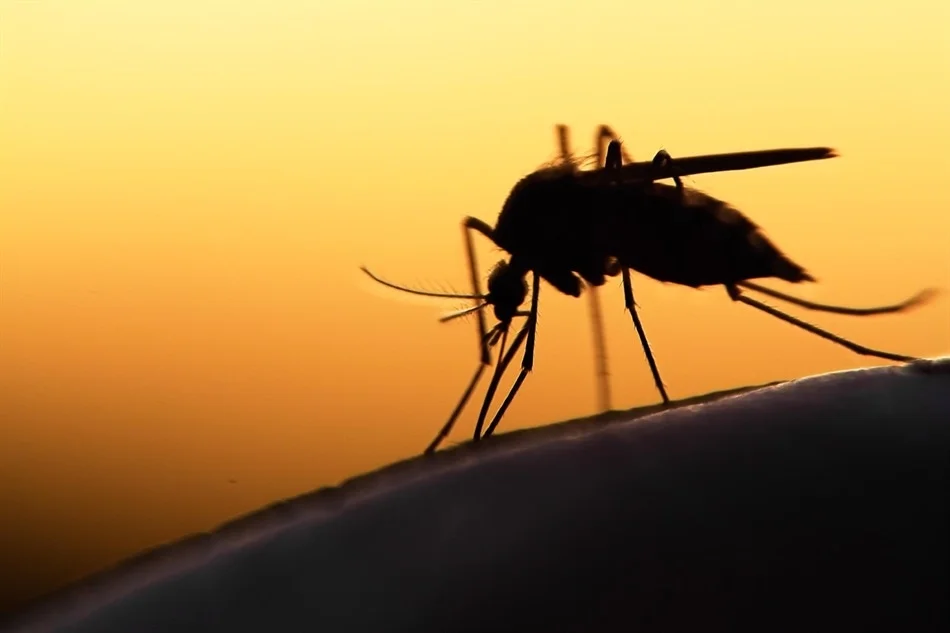In recent months, two rare mosquito-borne illnesses have emerged in the news, raising concerns among public health officials and the general public alike. As these diseases make headlines, it’s crucial to understand their origins, symptoms, and preventive measures. This article delves into the details of these rare illnesses, providing a comprehensive overview of what you need to know.
The Rise of Rare Mosquito-Borne Diseases
Mosquito-borne diseases are a significant public health concern globally. Common illnesses such as malaria, dengue fever, and Zika virus have long been associated with mosquitoes. However, recent reports have brought attention to two less common diseases: Chikungunya and Mayaro virus. These diseases, while rare, have garnered significant attention due to their impact on affected regions and the challenges they pose to healthcare systems.
1. Chikungunya Virus
Overview:
Chikungunya virus, first identified in Tanzania in the 1950s, has seen a resurgence in recent years. Transmitted primarily by the Aedes mosquitoes, this virus causes an illness characterized by a sudden onset of fever and severe joint pain. The disease has spread to various parts of the world, including the Americas, Europe, and Asia.
Symptoms:
- Fever: High fever is one of the initial symptoms, often accompanied by chills.
- Joint Pain: Severe joint pain, particularly in the hands and feet, is a hallmark of Chikungunya.
- Rash: Some patients develop a rash that can appear on the trunk and limbs.
- Fatigue: Prolonged fatigue and muscle pain are common.
Transmission and Prevention:
Chikungunya is transmitted through mosquito bites, primarily by the Aedes aegypti and Aedes albopictus species. Preventive measures include:
- Mosquito Control: Eliminating standing water where mosquitoes breed.
- Personal Protection: Using insect repellent containing DEET, wearing long sleeves and pants, and using mosquito nets.
- Community Awareness: Public health campaigns to educate communities about mosquito-borne diseases and preventive measures.
Recent Headlines:
Recent outbreaks in regions such as the Caribbean and parts of Africa have drawn attention to the virus. Health authorities are monitoring the situation closely, emphasizing the importance of preventive measures and rapid response to outbreaks.
2. Mayaro Virus
Overview:
The Mayaro virus is another mosquito-borne illness that has recently gained attention. Identified in Trinidad in the 1950s, it is primarily transmitted by the same mosquitoes that spread Chikungunya. The disease is considered rare but is gaining prominence due to its potential for causing significant illness in affected regions.
Symptoms:
- Fever: Similar to Chikungunya, Mayaro virus infection begins with a high fever.
- Joint Pain: Patients experience severe joint pain, which can persist for weeks.
- Rash: A rash may develop, though it is less common than in Chikungunya.
- Headache and Myalgia: Headaches and muscle pain are also reported.
Transmission and Prevention:
The Mayaro virus is transmitted by mosquitoes, particularly Aedes species. Preventive measures include:
- Mosquito Control: Reducing mosquito breeding sites and using insecticides.
- Personal Protection: Employing mosquito repellents, wearing protective clothing, and using mosquito nets.
- Health Education: Raising awareness about the disease and preventive practices.
Recent Headlines:
Mayaro virus outbreaks have been reported in parts of South America. Public health agencies are working to better understand the virus’s spread and impact, urging individuals in affected areas to take preventive measures seriously.
Impact on Public Health
Both Chikungunya and Mayaro virus pose challenges to public health systems. The impact of these diseases includes:
- Healthcare Burden: Increased healthcare visits and treatments for affected individuals.
- Economic Impact: Costs related to disease management, mosquito control, and public health interventions.
- Public Awareness: The need for ongoing education and awareness campaigns to inform the public about these illnesses and preventive measures.
5. Ongoing Research and Developments
Research is ongoing to better understand Chikungunya and Mayaro viruses, including:
- Vaccine Development: Efforts are underway to develop vaccines for both viruses to reduce the risk of infection.
- Vector Control: Research into more effective mosquito control methods and insecticide resistance.
- Disease Surveillance: Enhanced surveillance systems to monitor and respond to outbreaks quickly.
The emergence of Chikungunya and Mayaro viruses highlights the need for vigilance and preparedness in addressing rare mosquito-borne illnesses. By understanding the symptoms, transmission, and preventive measures, individuals and communities can better protect themselves from these diseases. Continued research and public health efforts will play a crucial role in managing and mitigating the impact of these infections.
As we navigate the complexities of mosquito-borne diseases, staying informed and proactive remains key to safeguarding our health and well-being.





This is such an eye-opening article! I had no idea these uncommon mosquito-borne diseases were making headlines. It’s great to see this kind of information being shared—it really raises awareness about health risks that often go unnoticed. Thanks for keeping us informed
Thank you for your comments , it means alot